
If you listen to Desert Island Discs on Radio 4, you’ll know that you get to choose eight music tracks, a book and a luxury, to save your sanity in your new life as a castaway. Well, my music tracks and book selections pretty much change every month, but my luxury has been the same for the past 20 years – namely a never-ending supply of the stuff pictured above; my drawing kit.
 Every one of my illustrations starts with this. I draw my initial motif in pencil on high-quality watercolour paper. I then apply washes of watercolour with a broad brush, adding little touches of detail colour while the wash is still wet with a thinner brush.
Every one of my illustrations starts with this. I draw my initial motif in pencil on high-quality watercolour paper. I then apply washes of watercolour with a broad brush, adding little touches of detail colour while the wash is still wet with a thinner brush.


Once I’m happy with the colour, I leave it to dry and then set about putting an inky line over the composition. Years ago I used liquid Indian ink with a nib, but it was a messy process (all the sides of my hands would get covered in ink due to the way I hold the pen) and it also produced some inconsistencies in the final image. So I switched to fibre tips and have never looked back.

Faber Castell India ink PITT artist pens and Uni-ball fine line pens are my favourite to draw and write with (I love handwriting – more about that later) and I’ve built quite a stash of them – in fact you will find at least one of this type of pen in every bag I own and in practically every room in the house. Dr B sometimes says he sees them in his dreams. I mainly use the fine, small and extra small nib for my work – their precision is excellent and I really like the way their ink is absorbed into the paper. I couldn’t be without them.

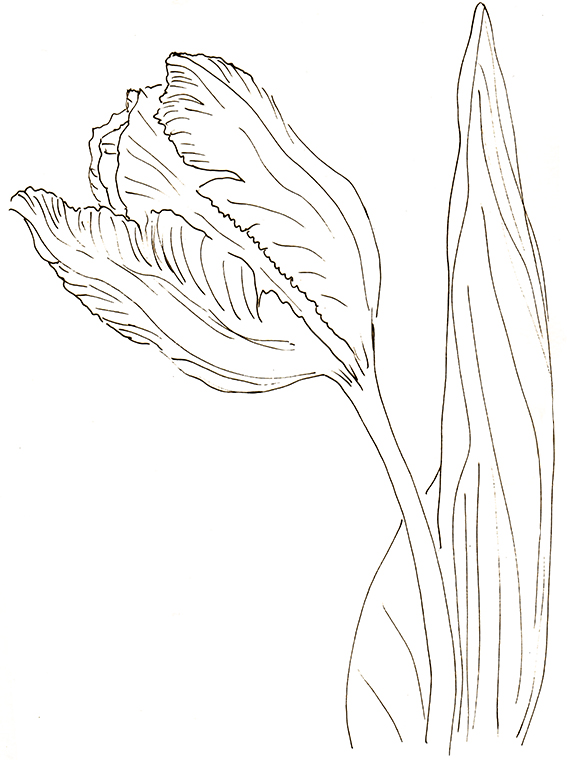
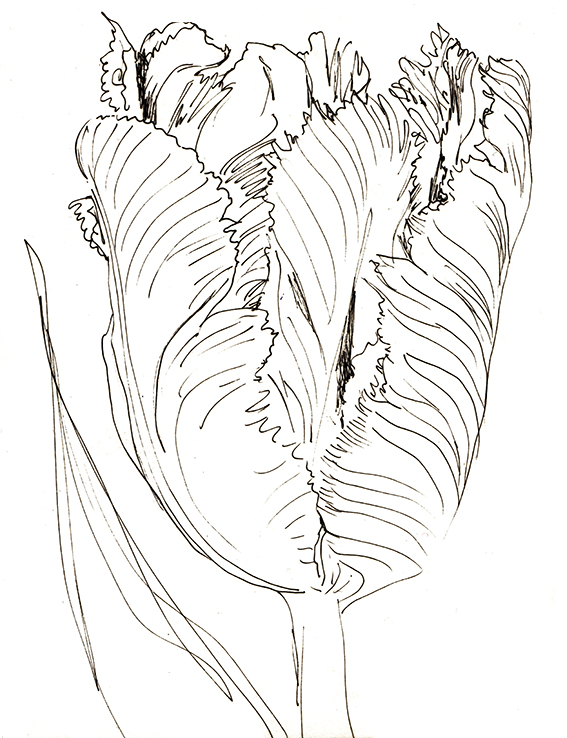
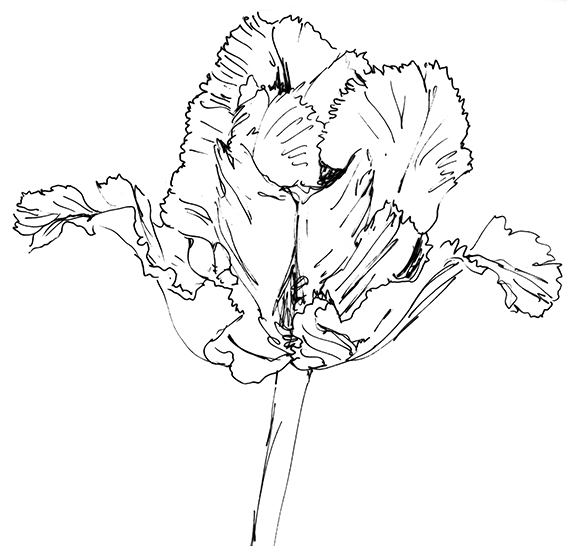
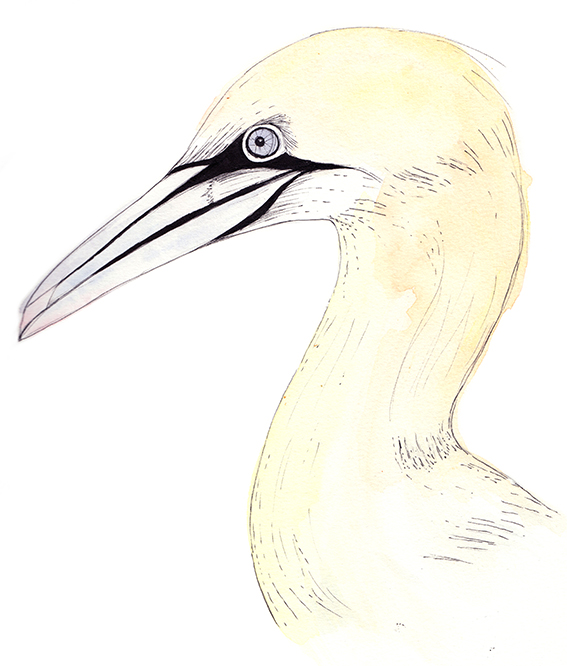
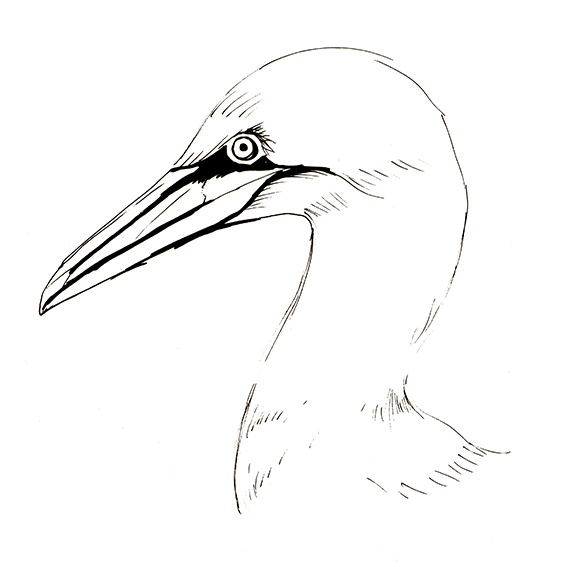
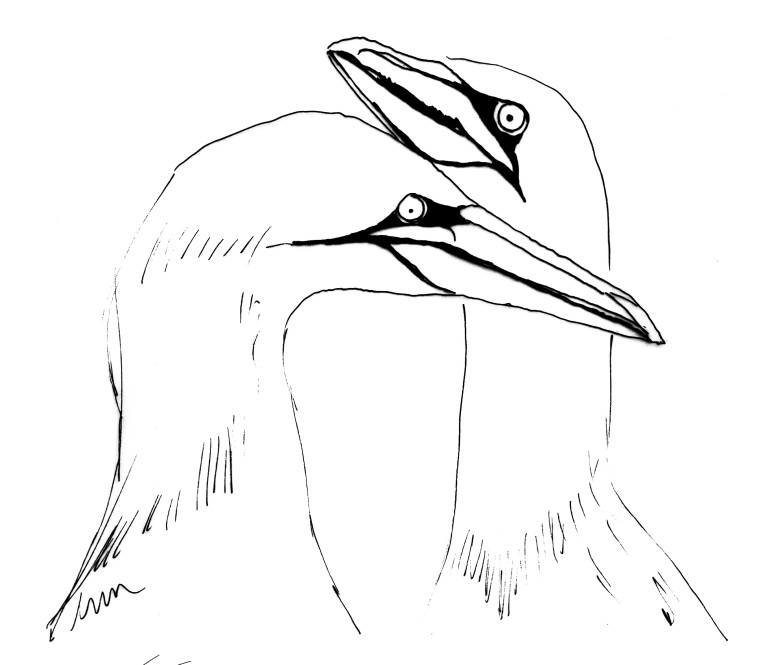
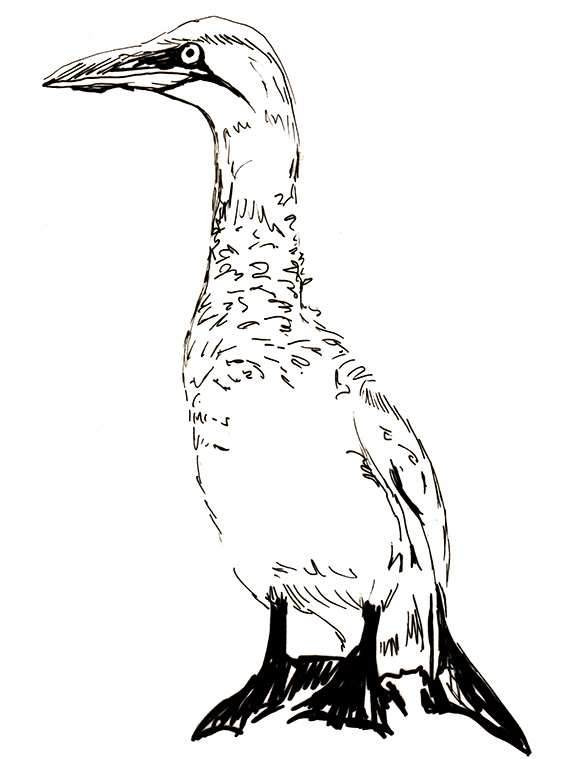
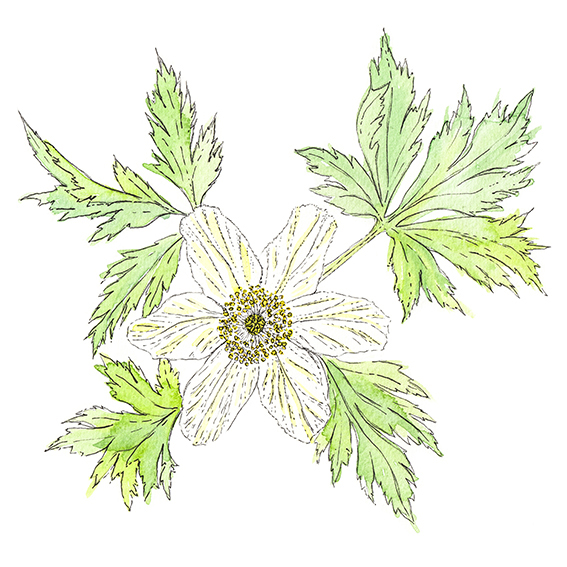

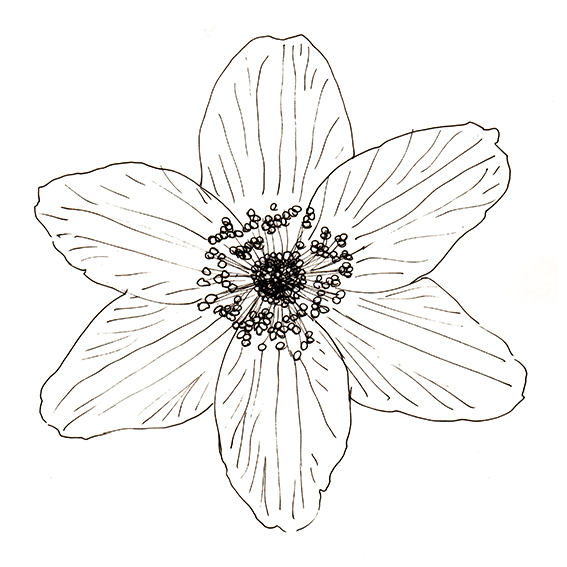

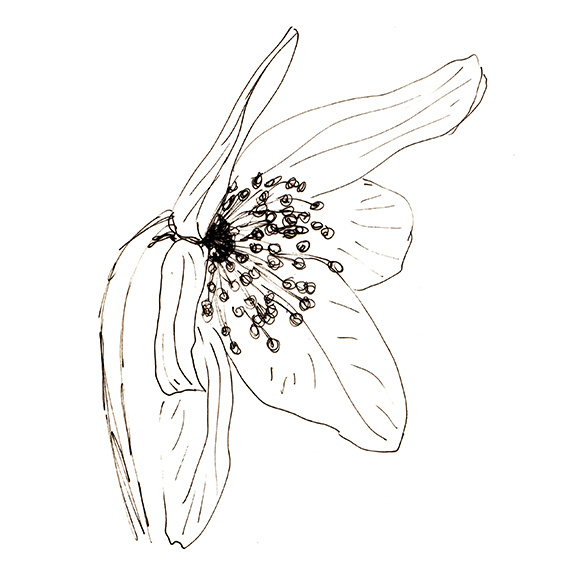
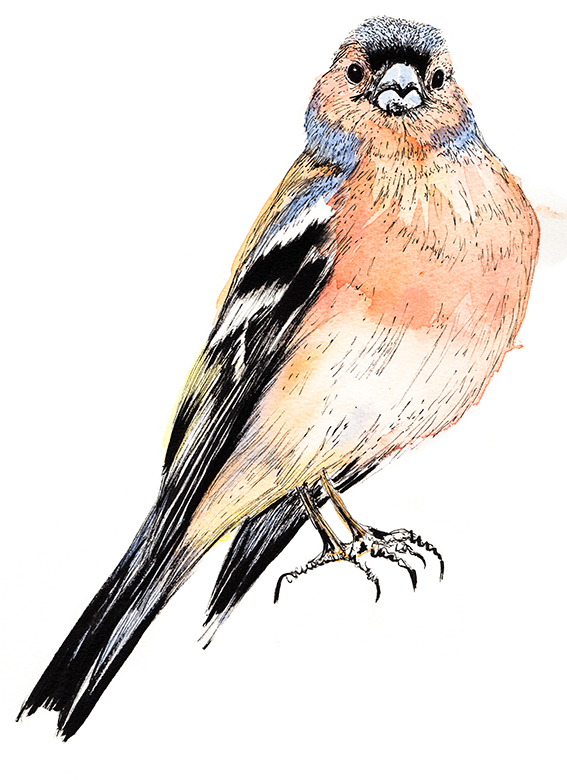

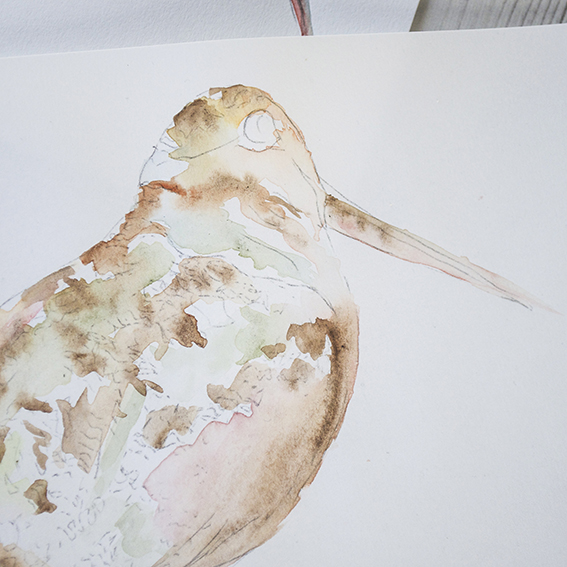
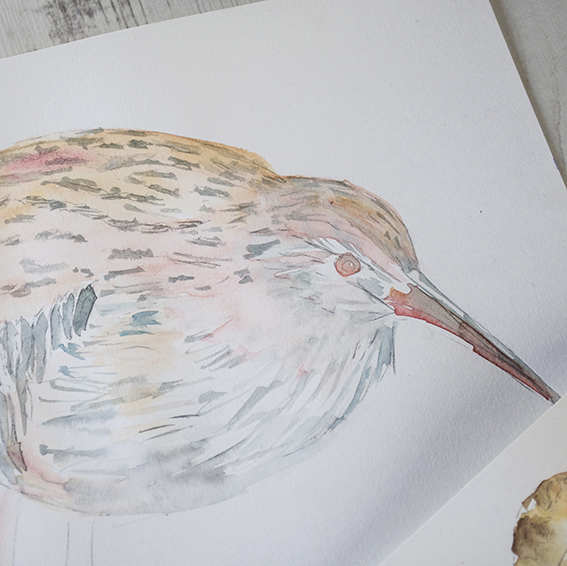
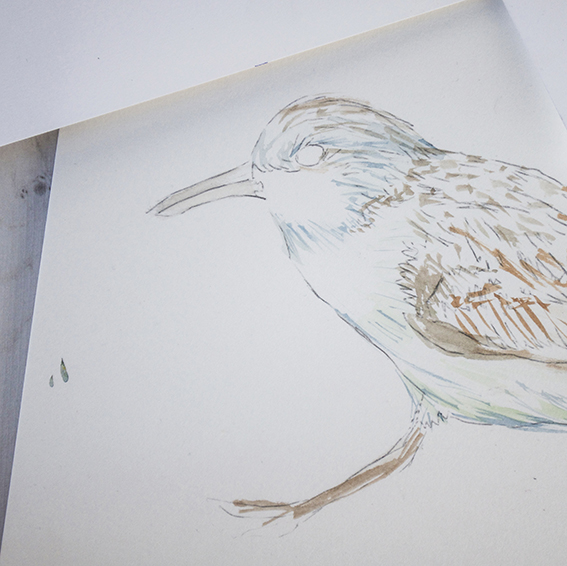

 Every one of my illustrations starts with this. I draw my initial motif in pencil on high-quality watercolour paper. I then apply washes of watercolour with a broad brush, adding little touches of detail colour while the wash is still wet with a thinner brush.
Every one of my illustrations starts with this. I draw my initial motif in pencil on high-quality watercolour paper. I then apply washes of watercolour with a broad brush, adding little touches of detail colour while the wash is still wet with a thinner brush.


